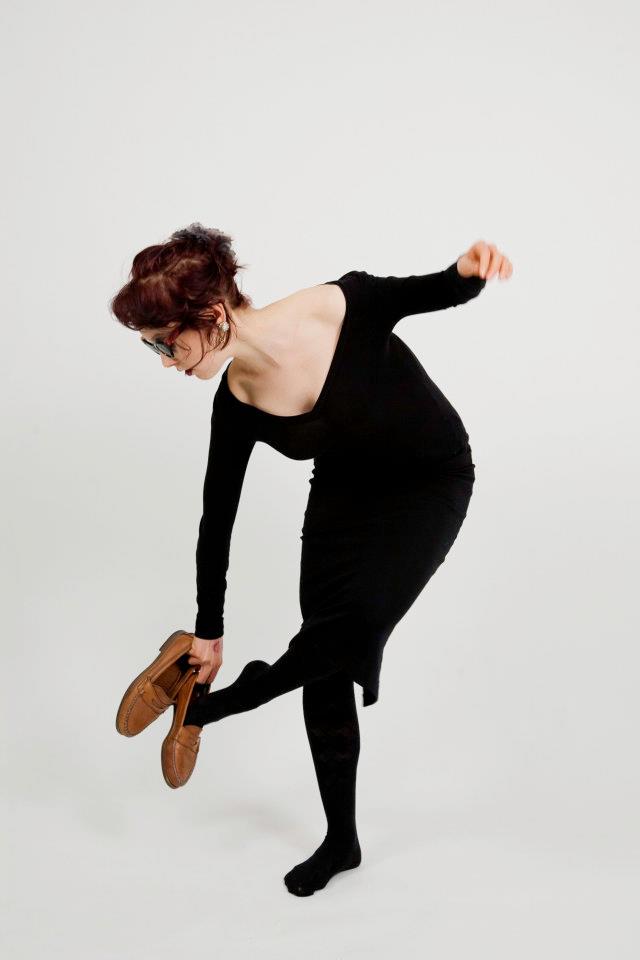Book Review: Feminized Rastafar-I, Adaptive Diaspora, and Embodied Resistance in Marcia Douglas’ The Marvelous Equations of the Dread
by Stephanie Couey
Marcia Douglas’ 2016 novel, The Marvelous Equations of the Dread centers around a young Jamaican woman named Leenah. Leenah’s multimodal and fully-embodied engagements with sound grant her privileged access into the temporal and spiritual experience of Rastafar-I. Following pan-African traditions of resistance centered around adaptation, Leenah radically adapts to her surroundings as a deaf woman in a persistently-masculinist and sound-driven movement.
In its privileging of figureheaded male leadership and masculine strength, Rastafar-I has, by extension, harbored narrow ideas of what constitutes able-bodiedness. It is in this context that Marvelous Equations enacts not only the fight for liberation and solidarity of Black peoples from the violences of Babylon, but also the fight for the liberation of women within the patriarchally defined movement of Rastafar-I.
Additionally, Leenah champions the fight for deaf persons to not be held up against an erroneous and oppressive model of “correct” hearing, as such an insistence upon standardized embodiment is another correspondent of patriarchal standards for “full” personhood. This insistence, however unintentionally in Rastafar-I, mirrors colonialist practices. So, despite Rastafar-I’s radical notions of dismantling coloniality, the movement has remained embedded in masculine superiority, and by extension, limiting ideas surrounding what constitutes full or acceptable embodiment. As elucidated by Marvelous Equations, such adherences have stunted, rather than advanced pan-African objectives for black solidarity.
Leenah accesses multiple worlds and modes of being through her body’s engagements with sound, which are all at once sensual, ancestral, spiritual, and political. Although she is in geographical remove from the Rastafarian homeland of Zion, or Ethiopia, in actuality, her body keeps her connected to Zion and to her ancestry, through the multimodal sensations of language, reggae, dub, and all of such constant “bass riddims.”
The novel contests the persisting misogyny of Rastafar-I by placing Leenah at the forefront of a novel that includes male giants of Black liberation movements, such as Bob Marley, Haile Selassie, and Marcus Garvey. Although the novel treats these male leaders with reverence, love, and warmth, Leenah is the pulse of the novel. It is through her body and her character that collective and individual reverberation and generational memory are located. She holds within her all of the stories of her people, with a birthmark in the shape of Africa on her thigh (that she doesn’t allow Bob Marley to touch).
Leenah liberates herself from patriarchal and Babylonian “downpressions” through her adaptive engagements with her sonic, social, and spiritual surroundings. Despite her perceived silence, Leenah is constantly engaged in sound, especially in vibration. Leenah’s conjointly Rastafar-I and feminist forms of resistance lie in Douglas’ forefronting of Leenah’s entire body as the site of listening, engaging, remembering, and making meaning through sound. Though she is hearing-impaired, Leenah engages with her sonic surroundings with perceptiveness and clairaudience — gained through adaptation — to which typical ear-centered listeners may not have access.
Leenah knows listening to be multisensory. Much of how Leenah embodies patriarchal and colonial resistance is through how she hears, which in its multimodality offers a unique clarity. She recalls, “[w]hen [Bob Marley] sang, No cry, I closed my eyes and felt his voice on my palm. It was the most irie gift anyone had ever given me.” In her deafness she is able to experience more full-bodied pleasures through sonic waves, but also elevated states of knowing. Sound in the novel privileges feeling limitlessly as opposed to knowing with limitation, and as such is yet another refusal of colonialist and masculinist insistences upon correct modes of listening and of being.
When Leenah is made deaf, what is meant to be a symbolic and actual violence to her (to her African-ness, and her femininity) by colonial forces, leaves her instead with greater clairaudience. Although she is made “deaf,” Leenah’s experiences, her connections (with the living and with the dead), and her insights are shaped by her fully-embodied engagements with sound — sound that always encompasses the present, past, and future. Leenah serves as a reembodiment of the powers of Rastafar-I, and further, she re-embodies the potential powers of sound as a connective force in movements of resistance.
In her supposed disability, Leenah fluidly adapts to her surroundings and has engagements with the world that are at least as sensorially rich as those with standard hearing. Much as displaced African peoples have innovated and adapted culturally, spiritually, and artistically, Leenah turns to her body to find home; she turns to vibration and to music, and she uses her hands to “make reggae.”
Douglas’s novel demonstrates how Rastafar-I, feminism, and (dis)ability are not disparate but complementary forces, each granting more power to the other in their unity. It is precisely the ability of pan-African movements to resist stasis and to evolve that has kept them forceful, alive, and pervasive across continents. After Leenah is shot erroneously by a cop, it is the unnamed young girl who takes the first shot with a stone to desecrate the clocktower, as to destroy Babylon.
Thus engenders the new beginning of Rastafar-I and pan-African resistance, where the people have had enough senseless dictation and violence. The “ancient indignation” spreads not only to Black peoples across the globe, but also to women within the movements of resistance, and further to those whose bodied are in various states of (dis)ability.
Rather than followers, the women in Marcia Douglas’ The Marvelous Equations of the Dread are leaders of revolution. Women such as Leenah fight within the “riddim of indignation,” and shape it into something more dynamic, more fierce, and more powerful than the original model of a male-centered Rastafar-I that positions women as secondary forces.
 Stephanie Couey is originally from Riverside, California. She received an MFA from CU Boulder in Poetry, with work focused on sound play, sexuality, and small helpless animals. She is now pursuing a Ph.D. in English Literature, and her focus is on Global Contemporary Women’s Fiction, with emphasis on diaspora, embodiment, and food studies. She teaches undergraduate Literature courses at CU, which she finds to be an immense joy and privilege. Stephanie has inordinate fondnesses of salt lamps, fresh figs, millennial pink, theories of radical pedagogies, YouTube lectures, cookbooks, and both expensive and cheap champagne.
Stephanie Couey is originally from Riverside, California. She received an MFA from CU Boulder in Poetry, with work focused on sound play, sexuality, and small helpless animals. She is now pursuing a Ph.D. in English Literature, and her focus is on Global Contemporary Women’s Fiction, with emphasis on diaspora, embodiment, and food studies. She teaches undergraduate Literature courses at CU, which she finds to be an immense joy and privilege. Stephanie has inordinate fondnesses of salt lamps, fresh figs, millennial pink, theories of radical pedagogies, YouTube lectures, cookbooks, and both expensive and cheap champagne.
IMAGE by Mish
Mish lives near Tampa, Florida, with spouse and three dogs, teaches literature/English at Polk State College in Lakeland, and has published photographs/visual art in The Thought Erotic, Peacock Journal, Thirteen Myna Birds, Tiferet Journal, Calyx, and The Indian River Review. Mish’s photographs have been shown in galleries in Tampa, Lakeland, and Albuquerque. Current projects include illustrations for a book for children of all ages and a purple dog series. See mishmurphy.com for details.



One thought on “Feminized Rastafar-I, Adaptive Diaspora, and Embodied Resistance in Marcia Douglas’ The Marvelous Equations of the Dread”